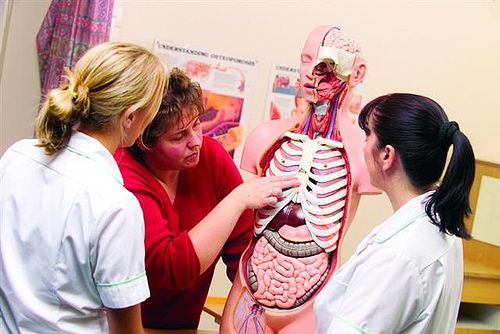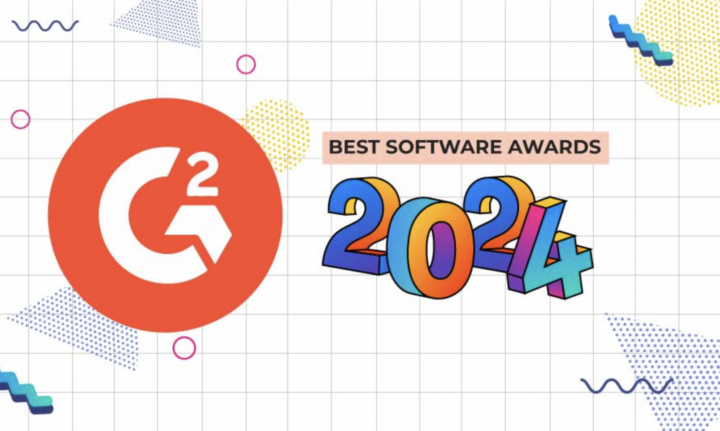 When you think about the most pressing issues in health care today, cost, quality, and access are most likely the first problems to come to mind and for good reasons. But there is another pressing, and potentially more imminent, threat to the stability of our healthcare system: the lack of medical professionals. Just how big is the staffing crisis? According to the American Association of Colleges of Nursing (AACN), a shortage of 1 million nursing jobs is projected by 2020, and while the number of needed nurses is projected to grow by 40%, the actual number of nurses is only expected to grow by 6%.
When you think about the most pressing issues in health care today, cost, quality, and access are most likely the first problems to come to mind and for good reasons. But there is another pressing, and potentially more imminent, threat to the stability of our healthcare system: the lack of medical professionals. Just how big is the staffing crisis? According to the American Association of Colleges of Nursing (AACN), a shortage of 1 million nursing jobs is projected by 2020, and while the number of needed nurses is projected to grow by 40%, the actual number of nurses is only expected to grow by 6%.
But what does a smaller nursing staff mean for patient care? Everything.
- A .25 nursing increase per day can reduce a 30-day mortality rate by 20%.
- Vanderbilt University’s leading nursing work expert Peter Berhaus, found that increased nursing levels could prevent 6700 patient deaths and save 4 million days of hospital care.
Earlier this year, interest and enrollment picked up exponentially thanks to a slow economic recovery and an increasingly competitive job market — causing some reporters to even hail the end of the crisis. But sadly what’s good for our economy, is not for the crisis. So as the economy slowly recovers, the nursing supply decreases. According to Wanted Analytics — a company that analyzes and forecasts employment trends — in November alone, 80,534 wanted ads were places for registered nurses. That’s a 10% increase from this time last year.
Experts are growing increasingly concerned that with over 78 million aging baby boomers in need of acute medical care alone the staffing supply will not be able to meet the overwhelming demand . But the definition of “supply” may just be in the eye of the coder. Meet ‘Elizabeth,’ a virtual nurse and exercise coach developed by researchers at NorthEastern University. Elizabeth was designed to streamline the routine Q & A session that precedes a standard visit and to offer patients a more ‘personal’ experience.
But just how personal could a digital nurse be? See for yourself.
After observing human health care professionals interact with patients, researchers configured Elizabeth to mimic the hand gestures, facial expressions, and vocal patterns of her mortal coworkers. But unlike many human physicians, Elizabeth always has time for small talk, that is if you stick to her programmed topics: the weather and local sports.
Outside of exchanging pleasantries, Elizabeth’s interactions with patients are fairly simple. The majority of the dialog adheres to a set of programmed questions, which allow patients to select from multiple choice answers. Elizabeth defers in-depth questions to a human health-care provider.
Interestingly enough, patients who were ‘seen’ by Elizabeth preferred her virtual care over that of her human comrades — most citing “they didn’t feel rushed or talked down to.” Presumably for the same reasons, Elizabeth’s patients were more honest and forthcoming about health information with her than participants who filled out a standard electronic questionnaire.
Could technologies like Elizabeth be the answer to the nursing crisis?
No. Well at least, not yet. While I am interested to see if more hospitals utilize virtual attendants for streamlining routine processes and even enhancing the patient’s experience, Elizabeth’s limited capabilities stop miles short from replacing human care altogether.
Learn more about Elizabeth in TechnologyReview.
Image credit: University of Salford







